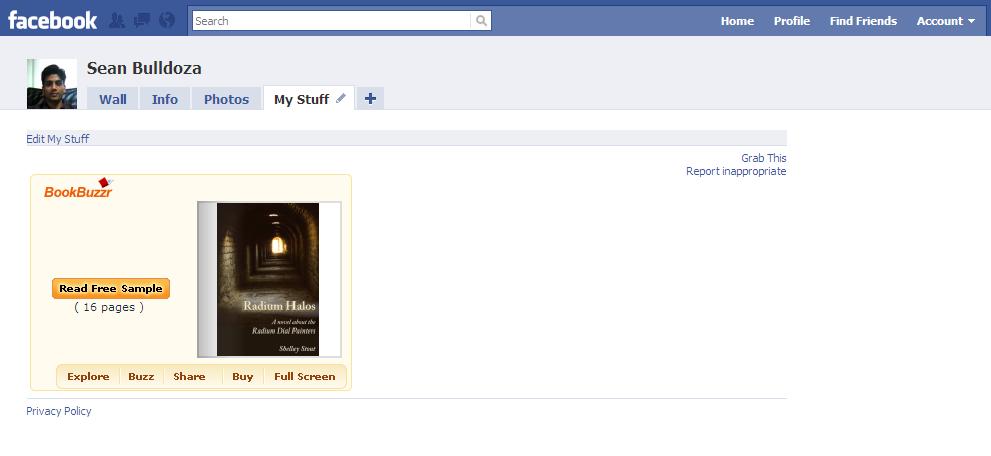In 1999, best-selling author Paulo Coelho, who wrote “The Alchemist,” was failing in Russia. That year he sold only about 1,000 books, and his Russian publisher dropped him. But after he found another publisher, Coelho took a radical step. On his own web site, launched in 1996, he posted a digital Russian copy of “The Alchemist.
year he sold only about 1,000 books, and his Russian publisher dropped him. But after he found another publisher, Coelho took a radical step. On his own web site, launched in 1996, he posted a digital Russian copy of “The Alchemist.
With no additional promotion, print sales picked up immediately. Within a year he sold 10,000 copies; the next year around 100,000. By 2002 he was selling a total of a million copies of multiple titles. Today, Coelho’s sales in Russian are over 10 million and growing.
In comparison, during that period (this was the era of Napster, Kazaa and peer to peer file sharing … remember?) the music companies and Hollywood launched a systematic campaign to hunt down pirated copies of music and movies on the Internet and punished those who were sharing them.
Paulo Coelho, through an unprecedented act of generosity encouraged the pirates and made them his book marketing street team!
Since then, giving away free books has become commonplace. Back in 2010, I even wrote up a piece about the 12 ways you can promote your book by giving away free stuff. Today, it is common to see authors giving away free books on their Kindle free days.
But here lies the problem:
Today, there is no such thing as a free book.
A reader, when confronted with a free book realizes that it costs time to consume that book. And the reader is also sceptical when presented with a relatively unknown 200 page book for free (‘am I getting this book for free because nobody else wants it?’)
For your generosity to work the benefit should be greater than the cost
Let’s say you’ve given away something for “free.” But the reader is factoring the time to consume your content and the time to perform other activities that you may require (ex: sign-up for a newsletter) as costs. Now the reader is not going to take action and ask for your content unless the perceived benefit is greater than the perceived cost.
In order to achieve this state of mind in your reader, you can decrease the cost by:
- Asking the reader to do fewer things to access your free stuff (no need to sign-up for the newsletter, no need to follow you on Twitter or fan you on Facebook)
- Reducing the potential time to consume your content (provide a short story instead of your whole novel; put up a manifesto of your book)
Or you can increase the perceived value (ex: giving away a book that has a relatively high retail price and proven quality in the form of plenty of 5 star reviews).
But all of this requires you to practice generosity with a touch of freshness. Here are some ideas to get your creative juices flowing:
- Write an article, blog post or short story
- Provide travel information about a place that features in your book
- Participate in discussions that are related to your book on forums
- Talk about the craft of writing
- Create a manifesto about your book
- Lead a movement that relates to your book
- Review another book in your genre with wit and insight
- Interview an author in your genre
- Create a quiz or word game that your readers may enjoy
At some point if you give enough useful and entertaining content to your audience, reciprocity will kick in and your readers will purchase your book or even better become mavens for your book.
In the next post in this series, we’ll talk about the application of the Pareto principle to your book marketing.




